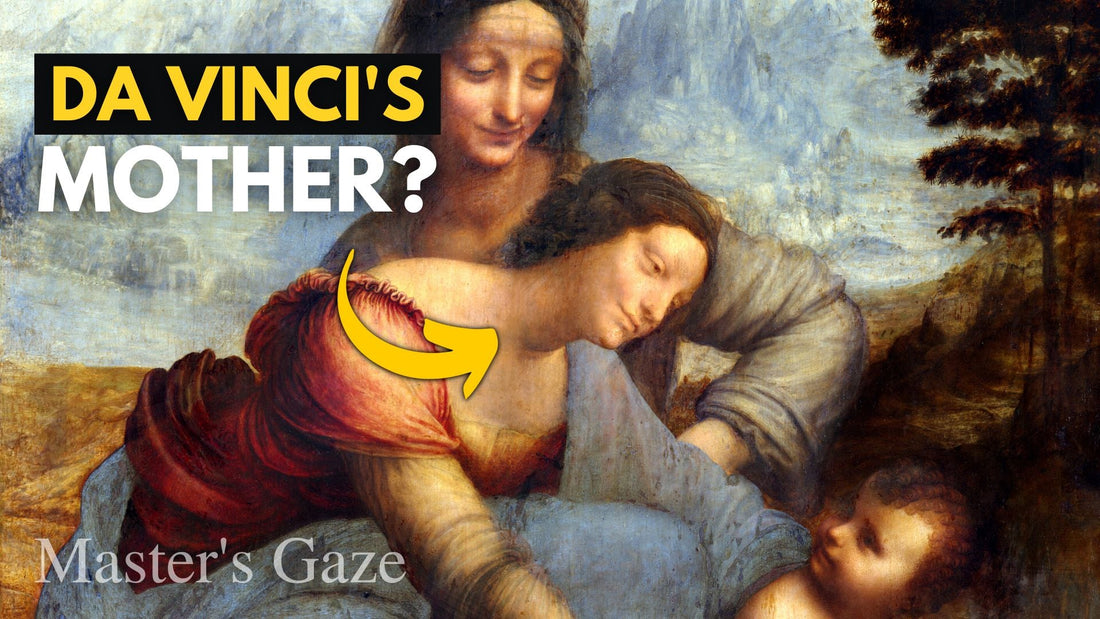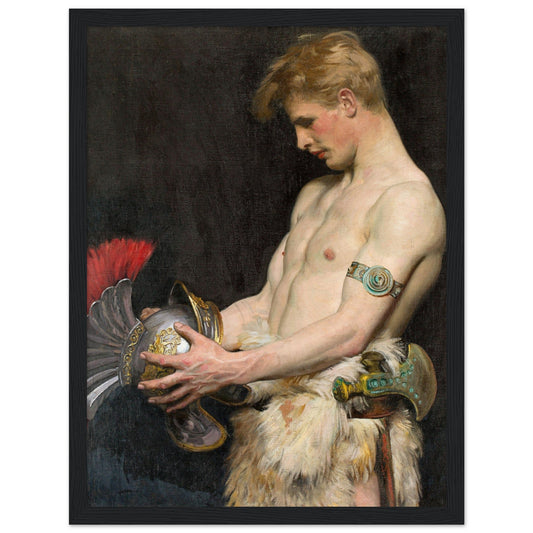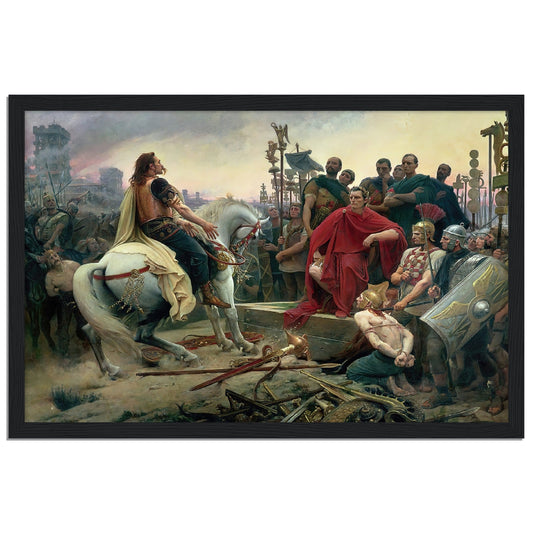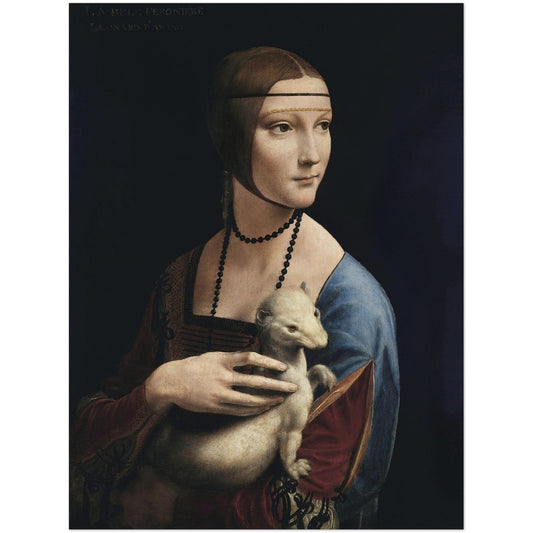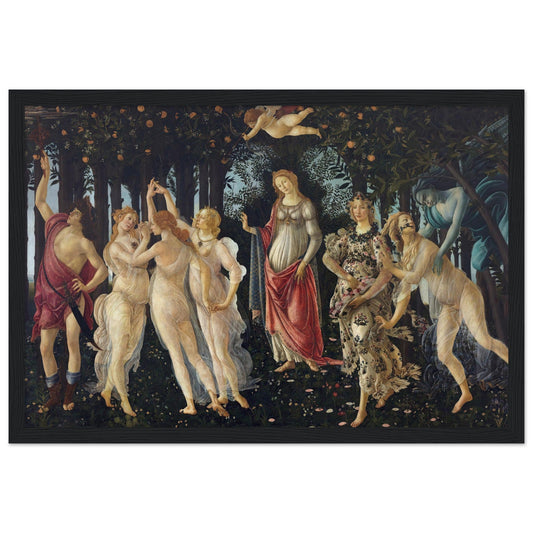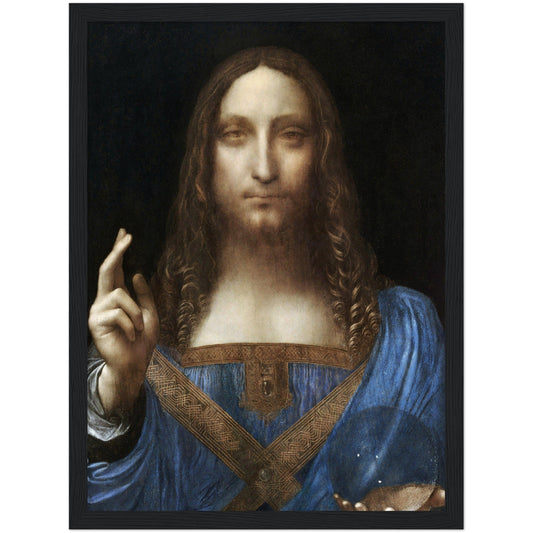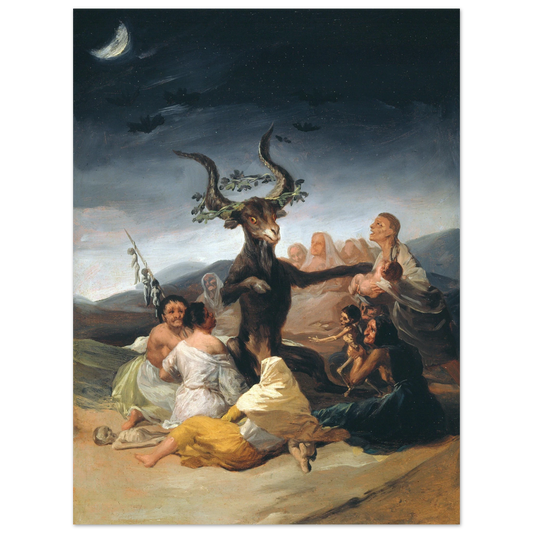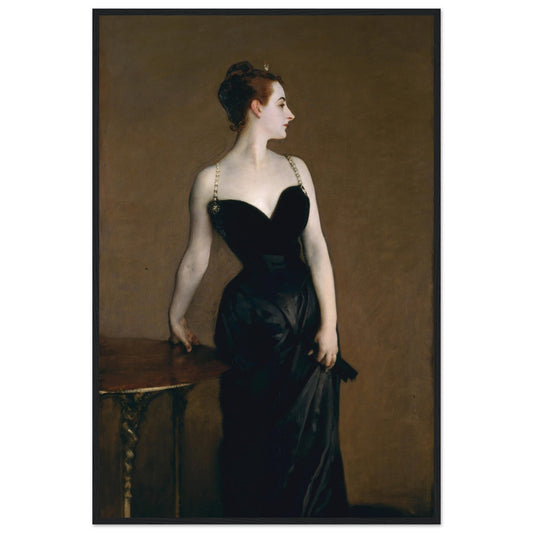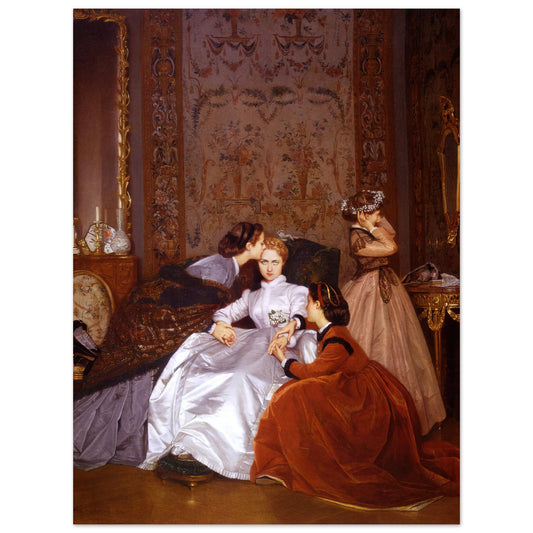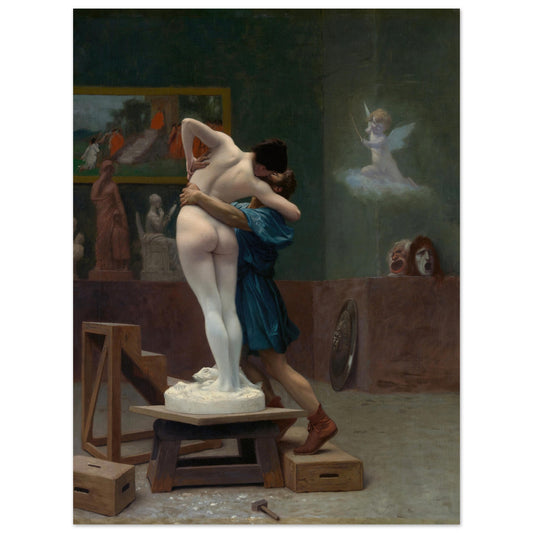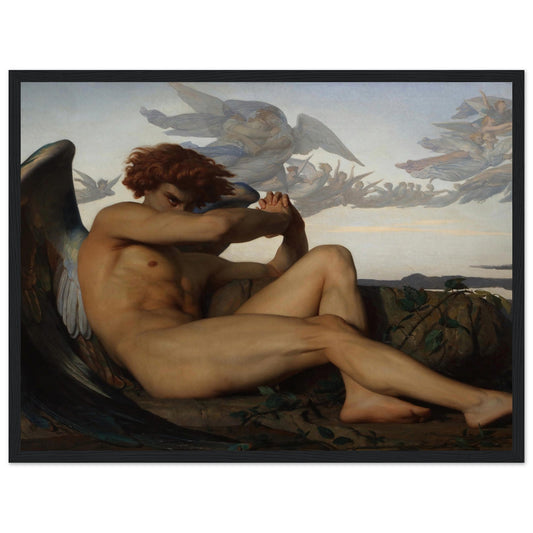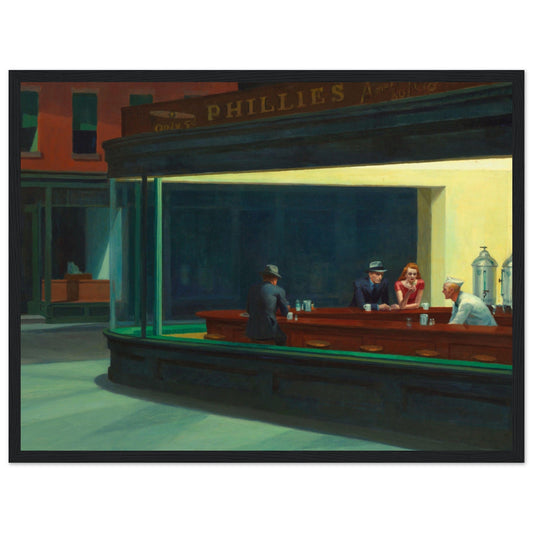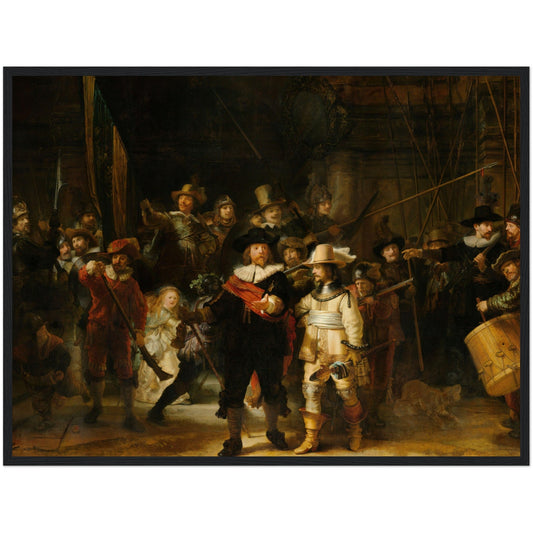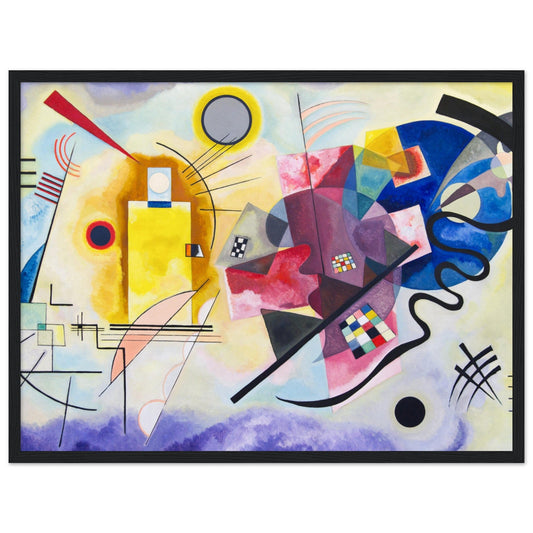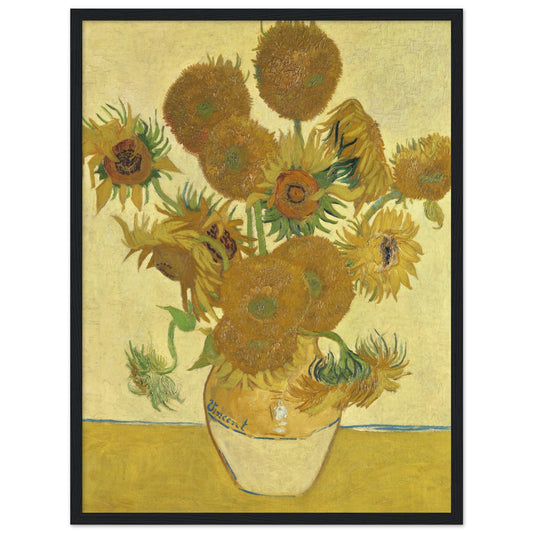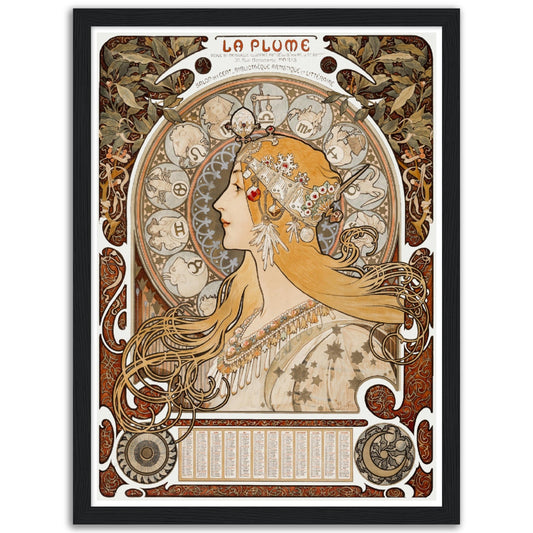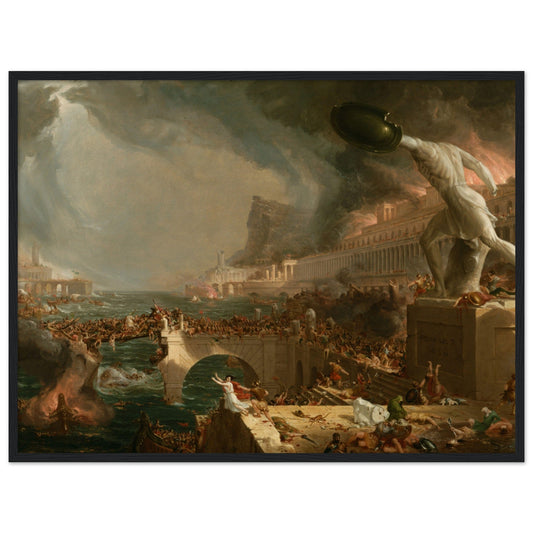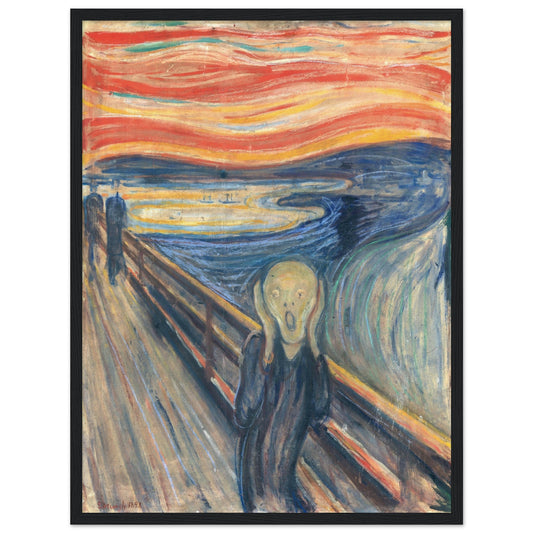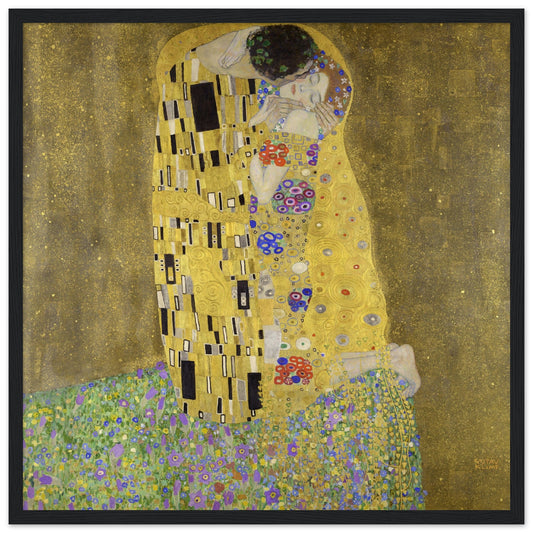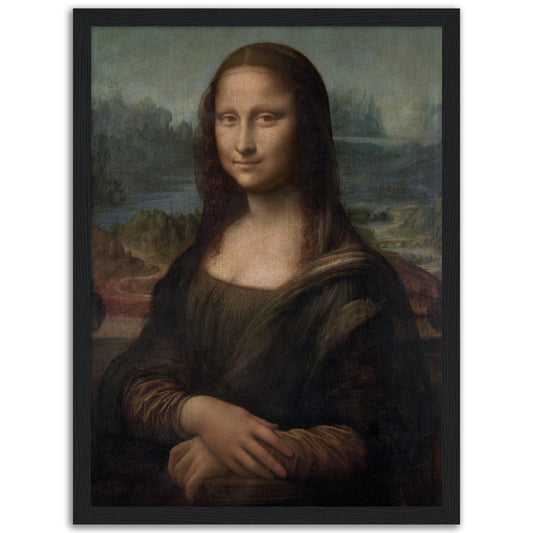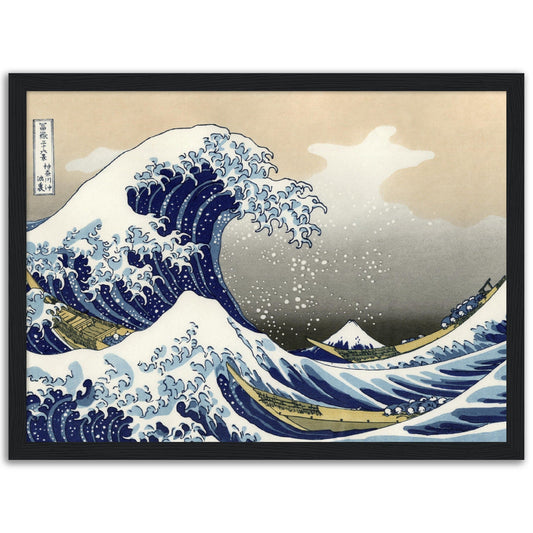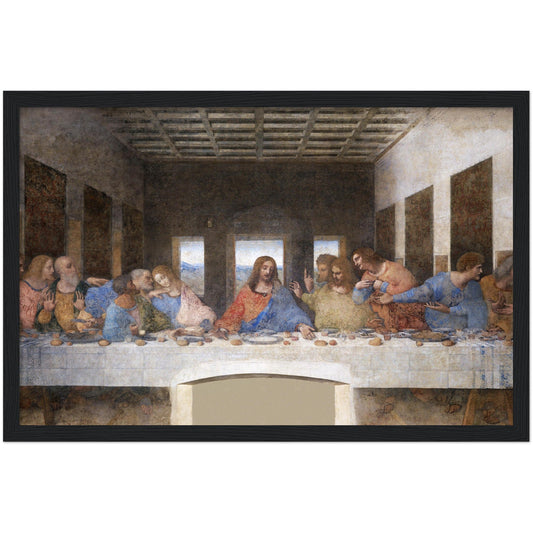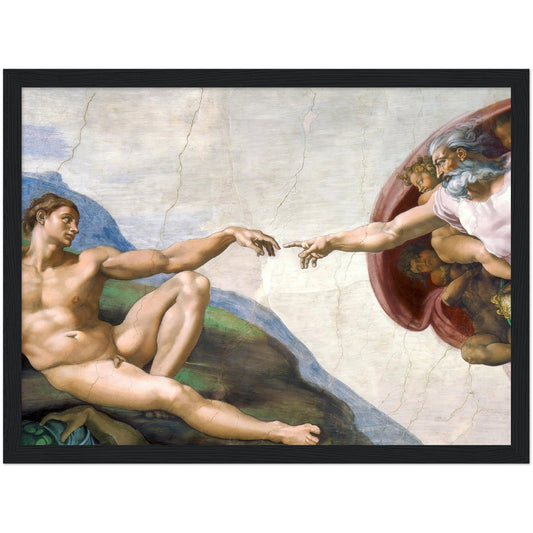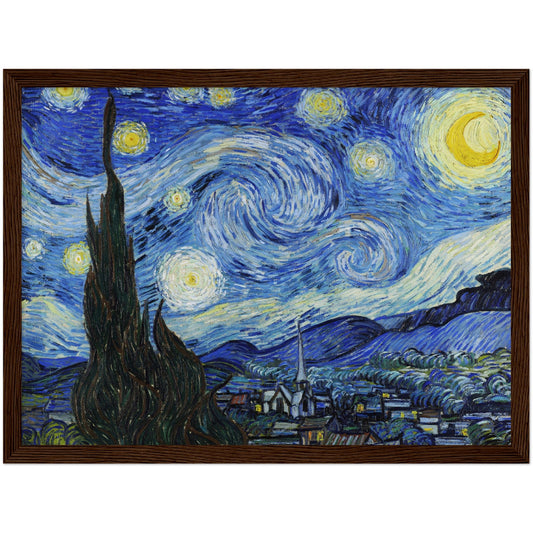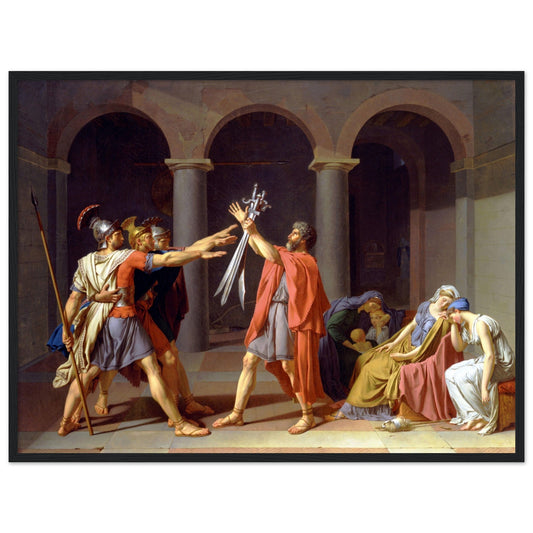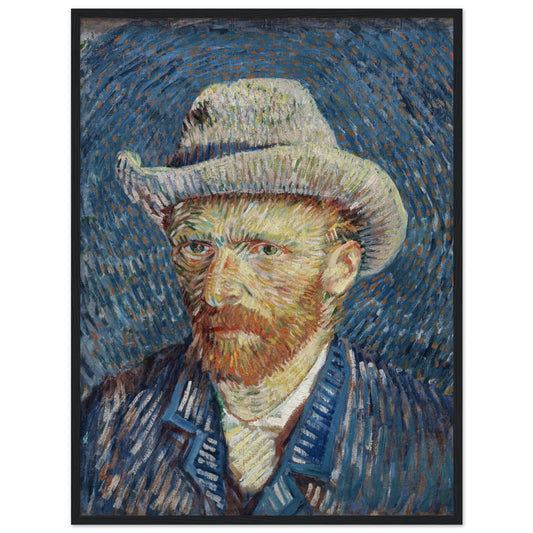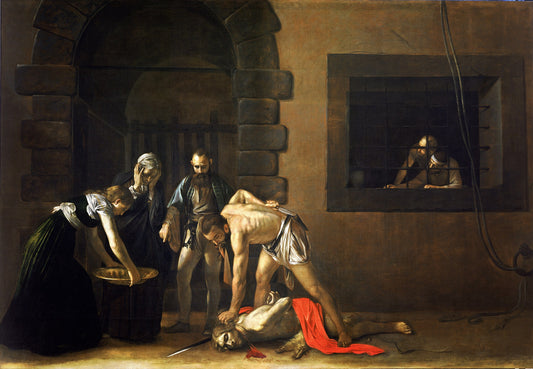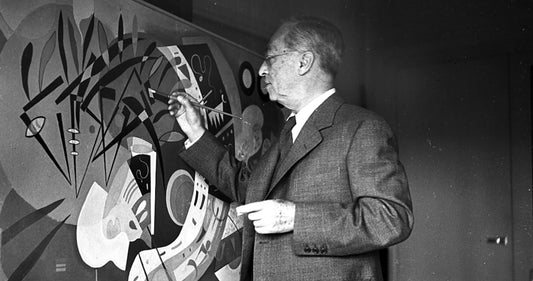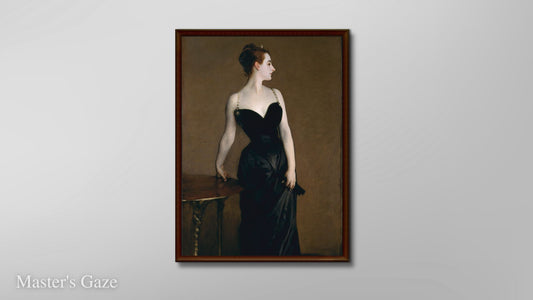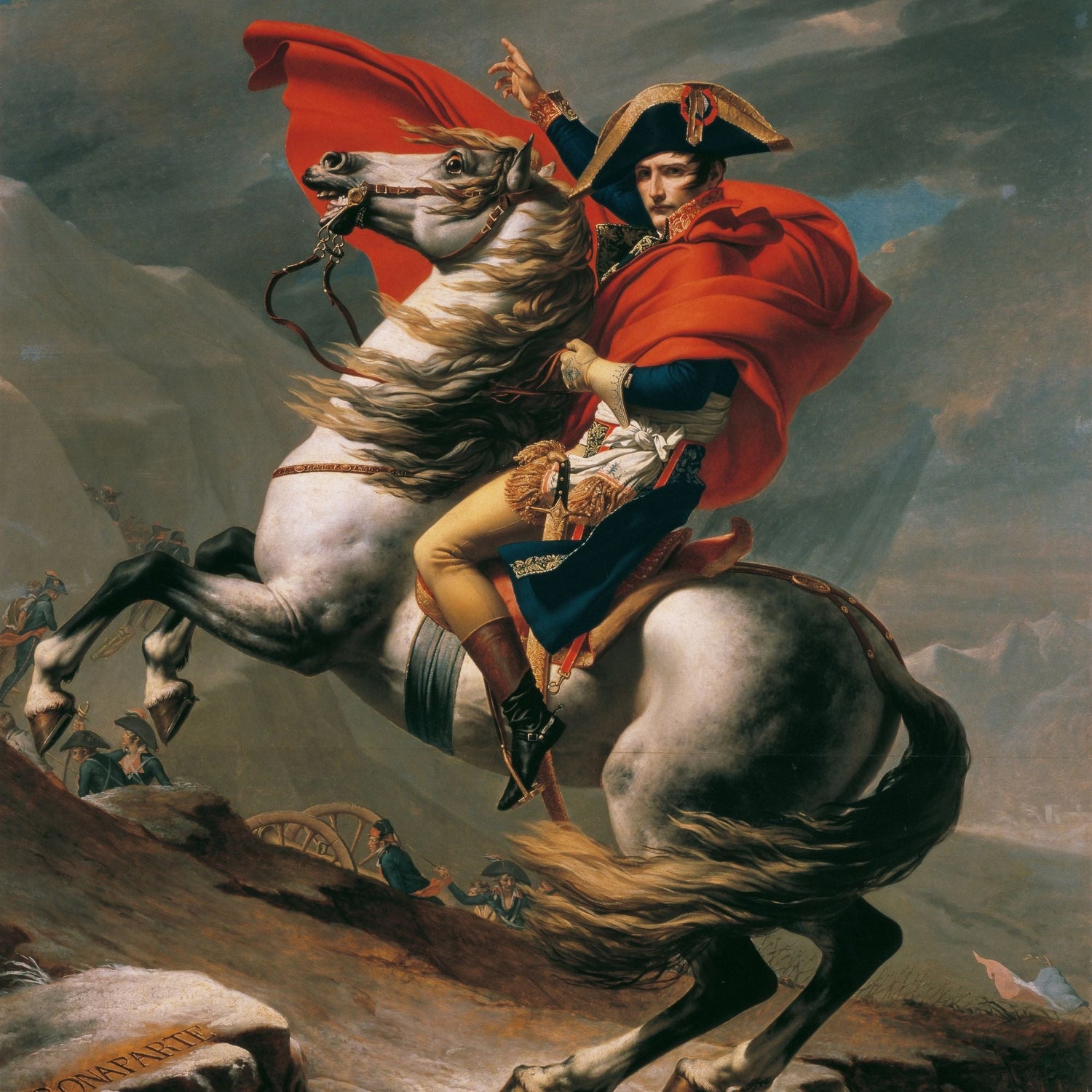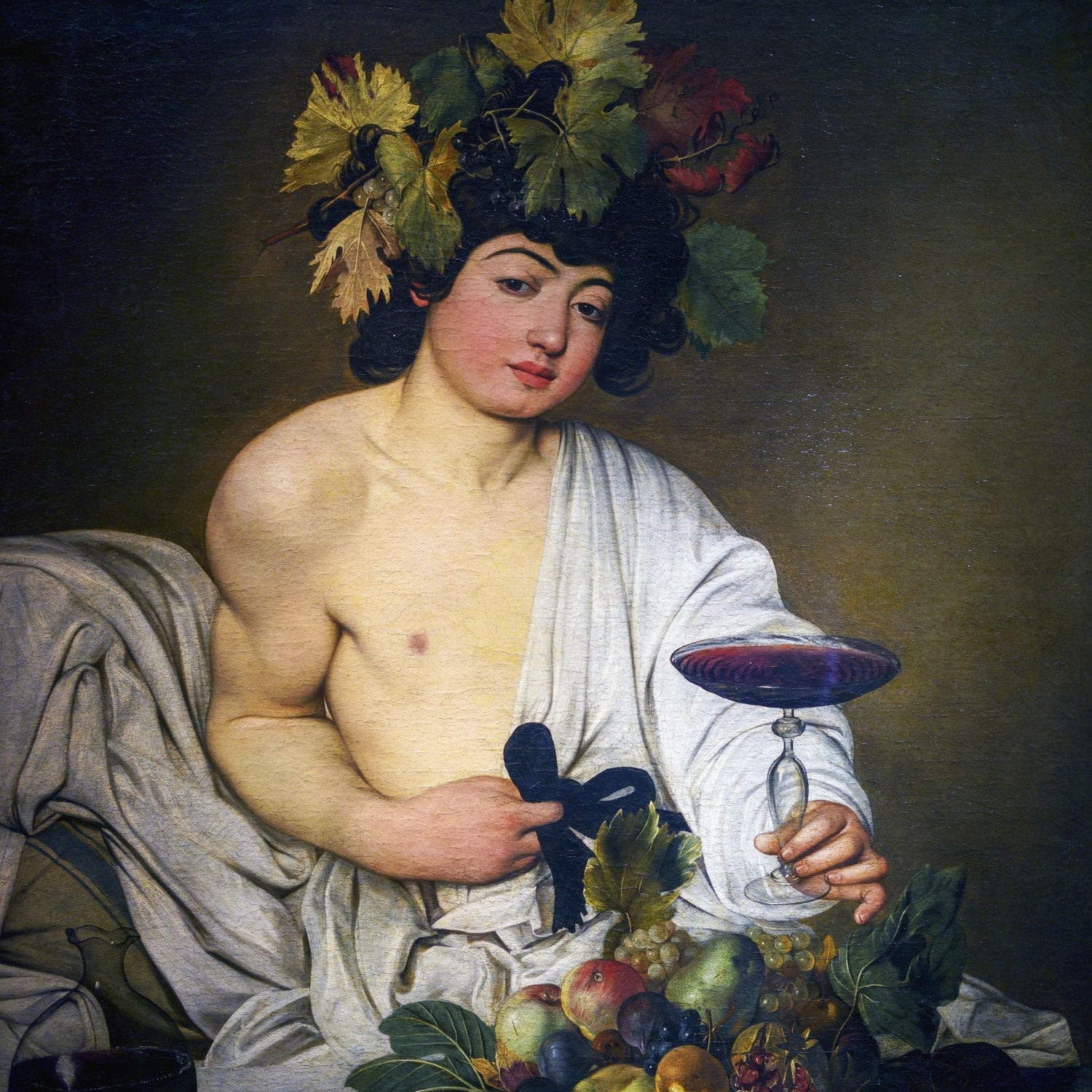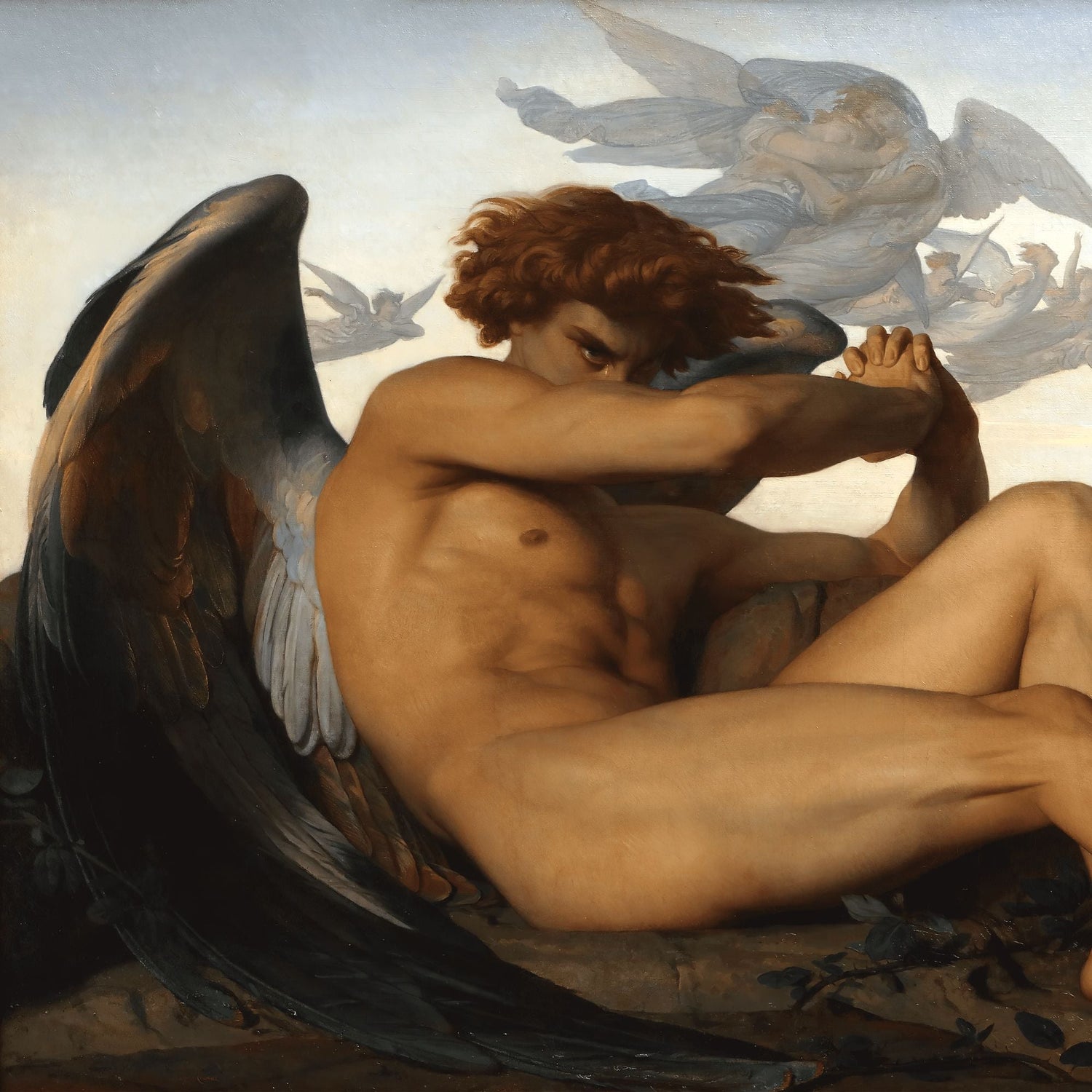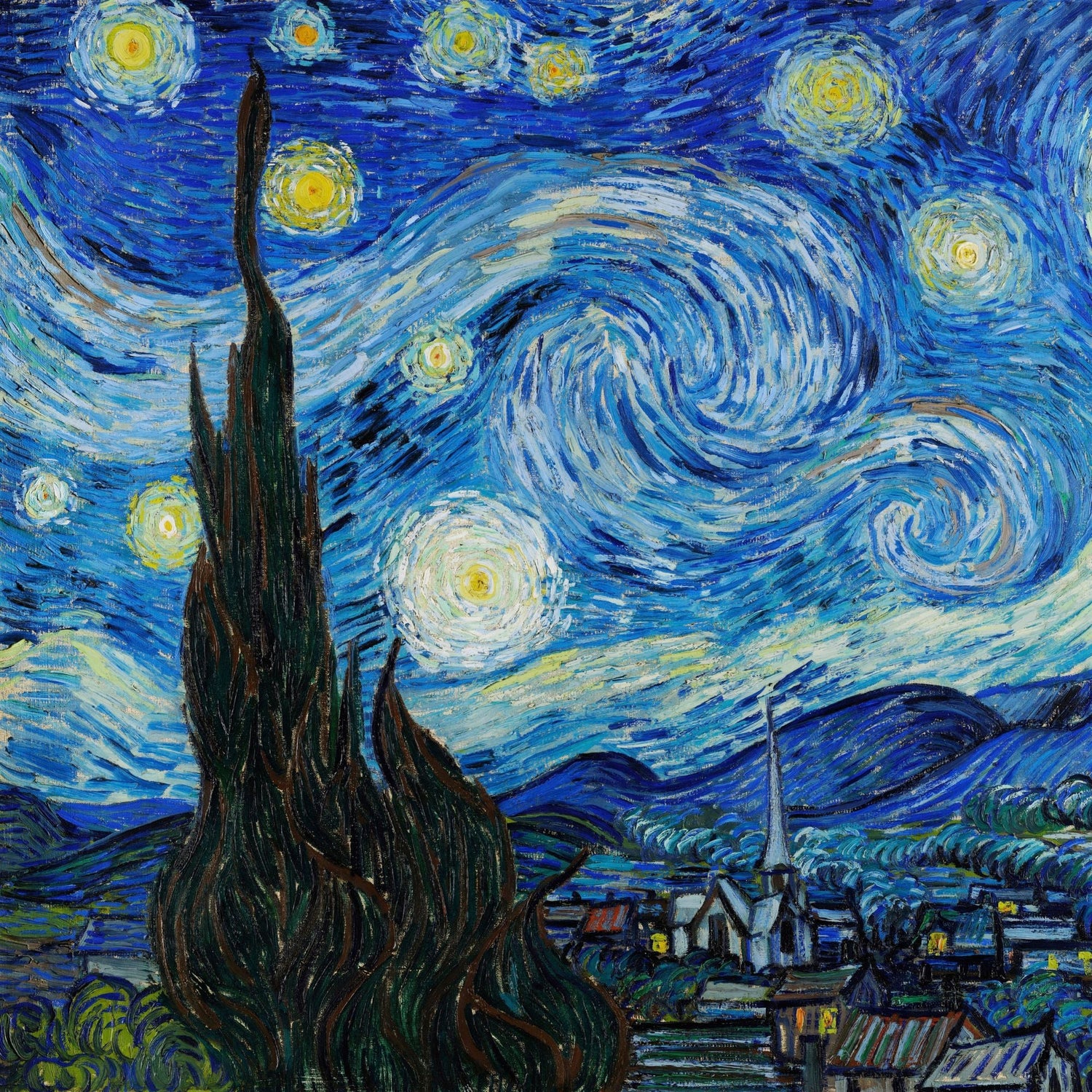Check the entire video here: https://youtu.be/_XJzRYaXgoE
Table of content
Introduction
The Painting
Leonardo's dream
Freud's interpretation
The first interpretation
The second interpretation
The third interpretation
Leonardo's smiles
The Virgin and Child with Saint Anne is a famous painting by the artist Leonardo da Vinci. There are many mysteries and symbols behind this painting. Is Sant'Anna Leonardo's mother? what is the meaning of the kite that can be seen? this and much more in thisarticle.
The Painting
It is likely that the painting was commissioned by King Louis XII of France following the birth of his daughter in 1499, but it was never delivered to him.
The work depicts the three generations of Christ's family: Saint Anne, her daughter Mary and baby Jesus. Upon closer examination of their positioning, it is apparent that Mary is sitting on Saint Anne's lap. It is unclear what meaning this could have and what meaning Leonardo intended to project with that pose.
Additionally, although the exact age of neither the Mother Virgin nor Saint Anne is known, it can be extrapolated from the painting that Saint Anne is a significantly older person than Mary. This subtle yet perceptible distortion in age was utilized by Leonardo to emphasize the mother–daughter relationship between the two women despite the apparent lack of visual cues to the greater age of Saint Anne that would otherwise identify her as the mother. The child is holding a lamb. We also see that Mary is gazing into her child's eyes, while Saint Anne is looking at Mary. As Mary is sitting on her lap and Saint Anne is looking at her, it is possible that Leonardo was trying to make a point about their relationship and personalities.
The composition, full of allegorical meanings, is effectively modeled according to a pyramidal shape, as in many famous Renaissance altarpieces, with the top in the head of Saint Anne, which therefore assumes pre-eminent importance. It throws a benevolent and smiling look at Mary and Jesus, with a physiognomy typical of Leonardo's mature production. Her role is to symbolize the Church which, by hindering Mary's maternal apprehension, reaffirms the need for Jesus' voluntary sacrifice.
The light is soft and the colors are skilfully modulated, with atmospheric effects that link the monumental figures in the foreground with the vast landscape with a very high horizon in the background, characterized by a mountain view that fades into very clear tones due to the effect of the aerial perspective. The dull and misty colors of the background amplify the plasticity of the central group, skilfully composed with gestures and gazes that also develop in-depth, in a difficult balance between diagonals and opposing lines.
Leonardo's dream
An important symbol is to be considered. in the shape that generates mary's dress it is possible to see a bird. This refers to a childhood memory that Leonardo writes in the Codex Atlanticus.
Leonardo in the Codex Atlanticus, while drafting an analysis on the flight of birds, inserts a note concerning a memory of his when he was in the crib:
"Writing about kites seems to be my destiny, because I have a childhood memory, in which I was in my cradle, and a kite came in through the window, approached me and opened my mouth with its tail and he struck his tail inside my lips several times"
This Memory is for Leonardo da Vinci the logical explanation for his interest in the flight of birds.
Freud's interpretation
Sigmund Freud undertook a psychoanalytic examination of Leonardo in his 1910 essay Leonardo da Vinci, A Memory of His Childhood.
The first interpretation
The most immediate connection that Freud hypothesizes is between the kite and the male member, which would lead the memory back to the image of oral sexual intercourse, or in any case, to oral stimulation, placing Leonardo da Vinci in a category of homosexuals, whose sexuality had remained latent. Freud, referring to his psychoanalytic studies on homosexuality, finds a perfect correspondence between Leonardo and the cases he examined of homosexual patients who would have lived their childhood under a strong maternal influence or bond, with a father not very present or completely absent. This theory would be supported if one thinks of the early childhood of the artist, who was totally dependent on his mother Caterina alone.
Another element in favor of this statement were the notes Leonardo made in his personal notebooks. His affection for his disciples, all boys of particular beauty but of little talent, is demonstrated through the meticulous work of drafting some expenses made for the disciples. That was his way of taking care of those he loved, like a mother with her children. Freud specifies that at the origin of homosexuality, there is the narcissistic substitution of love for the mother for love for oneself and for those similar to oneself.
The second interpretation
The action of the kite could instead be traced back to the satisfaction that the newborn feels during breastfeeding. So Freud proposes the replacement of the kite with the mother. The mother who alone had fed and cared for her son was not only a woman but she took the place of the father that Leonardo as a child was missing. In his first years of life Leonardo began to discover his sexuality. having no way of thinking that there could be a female alternative. Hence the link between mother and kite-phallus. The conclusion is that Leonardo felt like the son of a vulture: the son of a single mother, without a father. Not even the following years in which he grew up in Ser Piero's house could fill the void of the period he lived with Caterina.
The third interpretation
Another possible interpretation is that the mother when Leonardo was still in swaddling clothes, had poured upon him such an intense love as to mark his psychic journey. Catherine, according to Freud, had kissed her son with such intensity as to cause him an altered memory such as her kite repeatedly beating his tail in her mouth. The mother's kisses can be traced back to the oral stimulation received by the child and this also explains her passive form, as the newborn was unable to reciprocate or oppose this love. Freud explains that the passion that Leonardo's mother put into looking after him was clearly the way that the woman found to remedy the pain experienced by the abandonment by the man she loved.
Leonardo's smiles
By Leonardo's smile, we mean the enigmatic smile that Leonardo da Vinci used to represent in his paintings. The most famous is that of the Mona Lisa. Freud traces Leonardo's smile, with its duplicity, to that of the artist's natural mother. The same smile is found in the painting of Saint Anne, the Virgin and Child, in which Freud finds elements attributable to Leonardo's childhood. Sant'Anna is depicted as a woman who is no longer young but who does not carry the signs of old age, while the Virgin is a young woman who extends her arms to the Child. According to Freudian analysis, Sant'Anna is therefore traced back to Monna Lucia, Leonardo's grandmother
